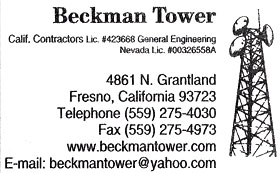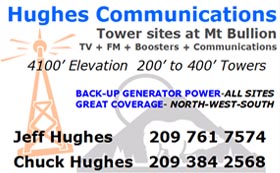Here is a ‘Readers Digest’ version from the mouth of the FCC explaining the Broadcast Incentive Auction
Across the country, in both rural and urban areas, consumers and businesses expect to have access to wireless connectivity anywhere, anytime. Today, there are more connected devices than there are people living in the U.S., and about 70 percent of Americans use data-hungry smartphones.
This increasing demand poses a major challenge to ensure that America’s wireless networks have the capacity to support the critical economic, public safety, health care and other activities that rely on them. To meet this challenge, the FCC has worked to free up spectrum for wireless broadband use, removed regulatory and other barriers to the use of spectrum, and enabled more efficient use of spectrum in numerous innovative ways.
A key part of the FCC’s efforts to meet the demand for spectrum is the first-of-its-kind Incentive Auction, a means of repurposing spectrum by encouraging licensees to voluntarily relinquish spectrum usage rights in exchange for a share of the proceeds from an auction of new licenses to use the repurposed spectrum.
Initially described in the 2010 National Broadband Plan and authorized by Congress in 2012, the auction uses market forces to align the use of broadcast spectrum with 21st century consumer demands for video and broadband services. It will preserve a robust broadcast TV industry while enabling stations to generate additional revenues that they can invest into programming and services to the communities they serve. And by making valuable “low-band” airwaves available for wireless broadband, the incentive auction will benefit consumers by easing congestion on wireless networks, laying the groundwork for “fifth generation” (5G) wireless services and applications, and spurring job creation and economic growth.
 The broadcast incentive auction itself will comprise two separate but interdependent auctions — a reverse auction, which will determine the price at which broadcasters will voluntarily relinquish their spectrum usage rights; and a forward auction, which will determine the price companies are willing to pay for flexible use wireless licenses.
The broadcast incentive auction itself will comprise two separate but interdependent auctions — a reverse auction, which will determine the price at which broadcasters will voluntarily relinquish their spectrum usage rights; and a forward auction, which will determine the price companies are willing to pay for flexible use wireless licenses.
The lynchpin joining the reverse and the forward auctions is the “repacking” process. Repacking involves reorganizing and assigning channels to the remaining broadcast television stations in order to create contiguous blocks of cleared spectrum suitable for flexible use. The vast majority of stations that remain on the air after the auction will be assigned channels in the TV band; in a few markets where the post-auction TV band is not large enough to accommodate every station, stations may be assigned a channel in the wireless band.
The auction began March 29, 2016. As of January 18, 2017, the auction satisfied the conditions of the “final stage rule,” assuring that the auction will close in the current stage. This means that the auction has repurposed 84 MHz of low-band spectrum, including 70 MHz of licensed spectrum and 14 MHz for unlicensed use.
What Happens Next?
Bidding in the clock phase has ended. The final rounds of bidding – known as the assignment phase – are scheduled to begin on March 6, 2017 and to conclude on March 30, 2017. The public can monitor the auction’s progress by using the Public Reporting System dashboard. Key FCC documents establishing the rules and policies for the auction can be found on the Incentive Auction Resources page.


